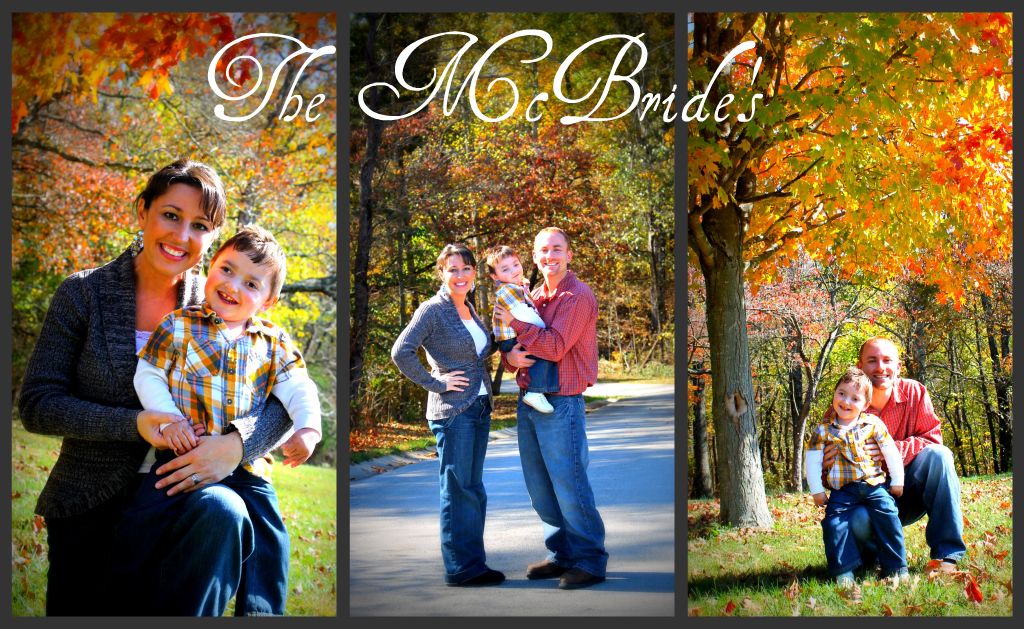February is American Heart Month and that means it's a good moment to think about a disease that kills more than 600,000 Americans each year.
Congenital Heart Defects are the #1 Birth Defect in the United States.
40,000 Babies are born each year with CHD.
40,000 Babies are born each year with CHD.
The month of February for our family means taking time to reflect on
a miracle that God allowed us to keep.
He healeth the broken in heart, and bindeth up their wounds. Psalms 147:3
Jaden after his 1st Open Heart March 19th, 2008 He was 1 day old...
Jaden's Diagnosis:
Hypoplastic Right Ventricle
Pulmonary Valve Stenosis
Ventricular Septal Defect
Atrial Septal Defect
Missing Patent Ductus Artery
Jaden underwent his 2nd Open Heart March 23rd, 2009
His Heart Team were able to close his VSD and by God's DIVINE MERCY
his Right Chamber grew in 1 year to a normal size.
Jaden after his 2nd Open Heart March 24, 2009
for others
there's lots we can do to stay heart healthy. According to the American Heart Association, making these healthy lifestyle choices can help:
Choose lean meats and poultry without skin and prepare them without added saturated and trans fat.
Select fat-free, 1percent fat, and low-fat dairy products.
Cut back on foods containing partially hydrogenated vegetable oils to reduce trans fat in your diet.
Cut back on foods high in dietary cholesterol. Aim to eat less than 300 mg of cholesterol each day.
Cut back on beverages and foods with added sugars.
Select and purchase foods lower in salt/sodium.
Keep an eye on your portion sizes.
It's also important to know the signs of an impending heart attack, because they can start slowly and symptoms may seem mild. According to the National Heart, Lung and Blood Institute, these are the signs that may mean a heart attack is in progress.
Chest discomfort. Most heart attacks involve discomfort in the center of the chest that lasts more than a few minutes, or that goes away and comes back. It can feel like uncomfortable pressure, squeezing, fullness, or pain.
Discomfort in other areas of the upper body. Symptoms can include pain or discomfort in one or both arms, the back, neck, jaw, or stomach.
Shortness of breath. May occur with or without chest discomfort.
Other signs may include breaking out in a cold sweat, nausea, or lightheadedness.
For more information visit the American Heart Association website at http://www.heart.org/
.





No comments:
Post a Comment